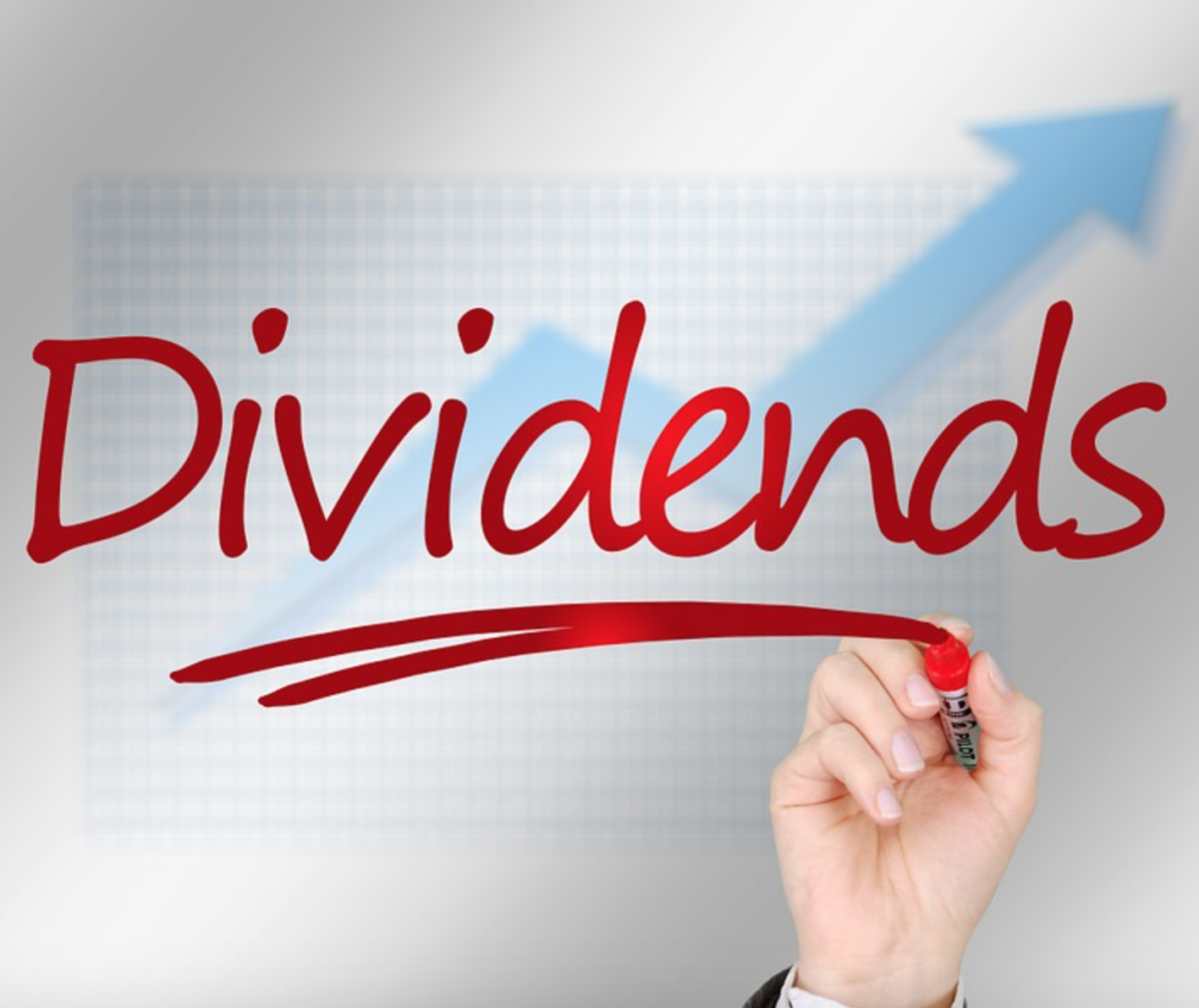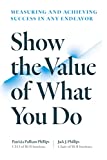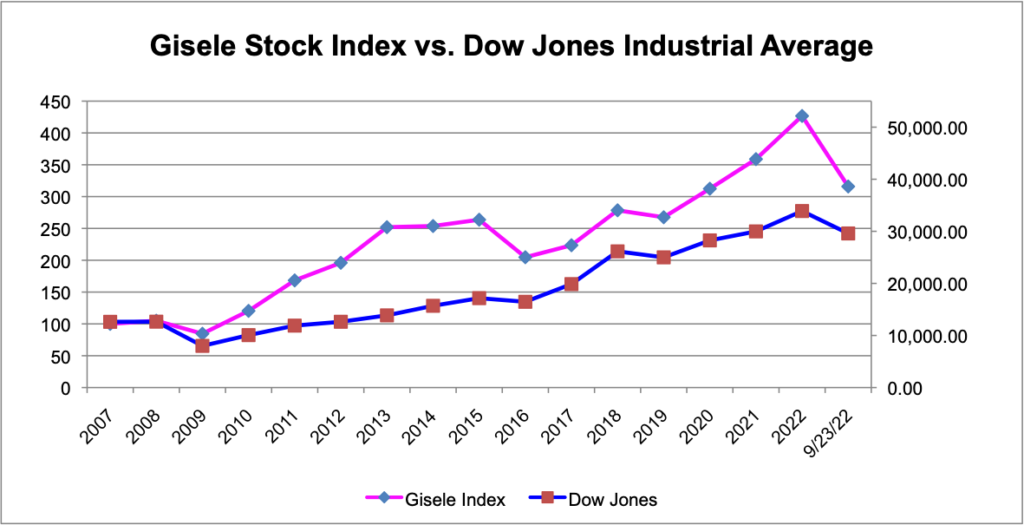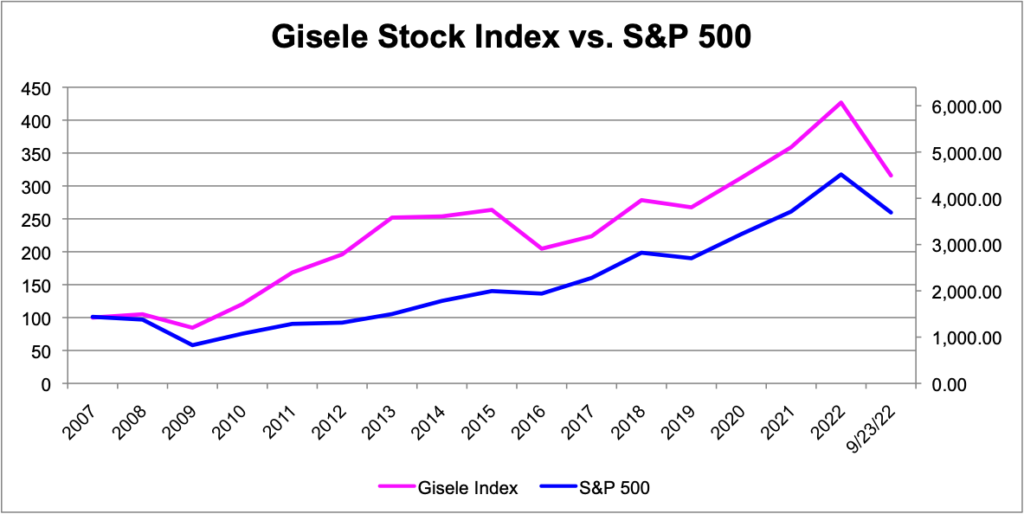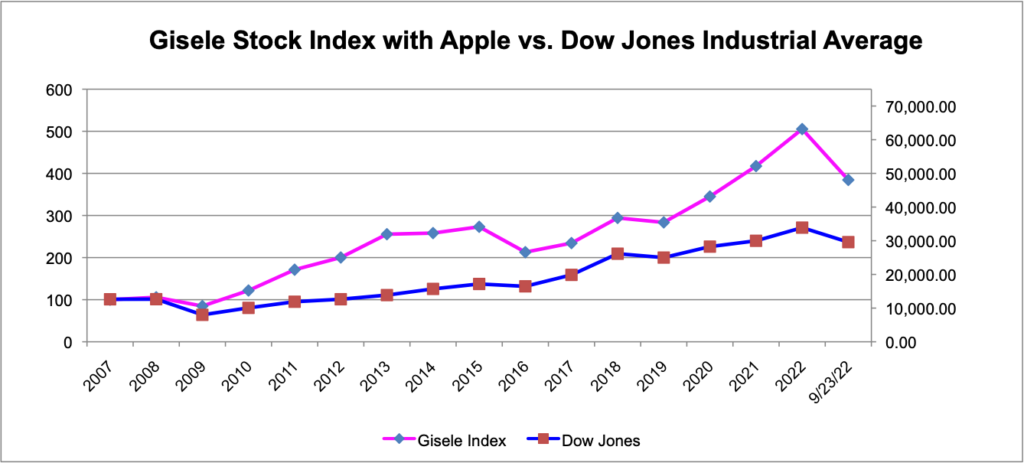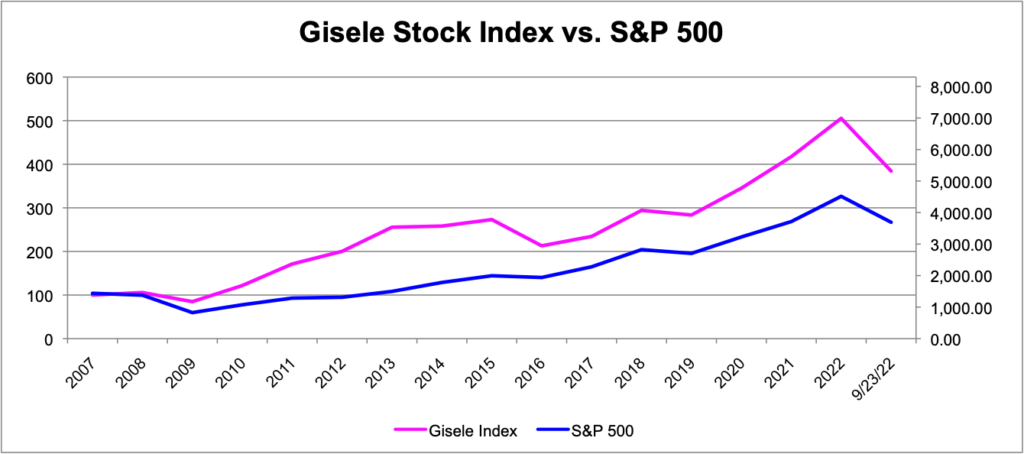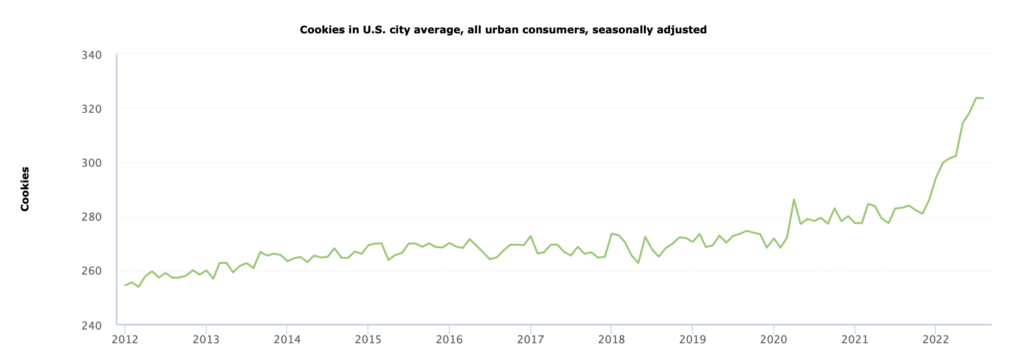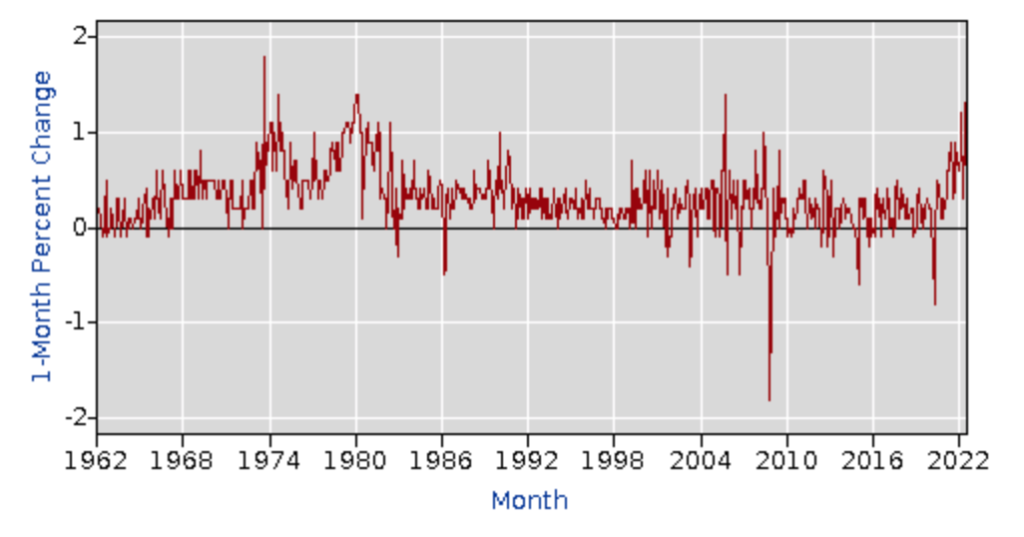by Fred Fuld III
No matter which way you measure it, we are in a bear market. If you want to profit from falling markets stock prices, there are several ways to do so.
Many strategies are available to profit from a bear market and a stock market crash, some of which are speculative, and some that don’t have much risk. It doesn’t matter what your account size is, there are ways to protect yourself, and even profit on the downside. Here are some of those techniques.
1. Sell a Vertical Call Option Spread
This strategy is a little complicated, but I listed it first, because it is one of the least risky, since your losses are limited, unlike most of the other techniques listed here. In addition, I listed it at the beginning, because I use this trading technique all the time.
If you are familiar with options, then selling a vertical call spread is a great way to make money when a stock drops while protecting yourself if the stock goes up. (This happens to be my favorite strategy.)
This involves shorting an out of the money call option and buying a further out of the money call option at the same time. If the stock drops or stays the same, you make money from the short call which exceeds the loss on the long call. If the stock goes up to the strike price of the short call, you still make a profit. It is only when the stock rises above the strike price of the short call that you begin losing money.
To make it simple, here is an example:
Stock is at 50
Sell (short) one call with a strike price of 51 for 3 (an option that is trading at 3 means $300)
Buy one call with a strike price of 52 for 1 ($100)
If the stock drops to 45, the 51 call drops to $0 and you make $300 because you shorted it, and the 52 call drops to $0 losing $100 because you own or were long it, netting you a profit of $200.
If the stock rises from 50 to 100, you lose $4900 on the 51 call that you shorted, but you make $4800 on the one that you bought, so you only lose $100.
Generally, you want to use options that expire in 40 to 60 days, and close out your position in 15 to 25 days.
Disadvantages of the selling a vertical call spread
- Your profit is limited
- You need approval from your broker to do option spreads
- Both legs of the spread need to be placed simultaneously (easy to do with most trading platforms)
- May need to wait 25 or 30 days to see a profit
2. Shorting Stocks
This is one of the most speculative ways of making money in a bear market. In simple terms, you make money when the stock goes down and you lose money when the stock goes up. What technically happens is that you borrow the shares and immediately sell them (this all is done electronically through your brokerage firm) and since you owe those shares, you eventually have to buy them back at some price, hopefully a lower price, in order to return those shares. The difference between your sale price and eventual purchase price is your profit (or loss, if you buy back at a higher price).
Can you make a lot of money shorting stocks in a bear market? Yes. Is it speculative? Very. Can you lose a lot? Most definitely. This is why it is so risky. When you short a stock, the lowest point it can drop to is zero. Whereas, if the stock goes up, the amount it can rise is unlimited. Let’s say you short 100 shares of a stock at $20 a share. If you put up funds equal to 100% of the value of the shorted amount, and the stock drops to zero, you’ve made a 100% return. However, suppose the stock goes from 20 to 100, you end up losing 400% of your money with lots of margin calls along the way. This is called a short squeeze. But even on a short term basis, an investor can lose money very fast.
Unfortunately for those who do their trading in retirement accounts, such as IRAs, shorting stocks is not allowed.
So in summery, do I think you should short stocks? Absolutely not, unless you are a professional trader. The risk is almost infinite. If you understand options real well, hedged short selling might be OK (see the next strategy), as long as you are an advanced trader, and know what you’re doing.
3. Hedged Short Selling
Hedged short selling is a strategy whereby you short a stock and at the same time, you buy a close-to-the-money call option. That way, if the stock shoots up, you are protected with the call option. If the stock drops, you will lose what you paid for the option, but you will make money on your short stock position.
Example: you short 100 shares of a stock that is currently trading at 50 (so you short $5000 in stock), and you buy a call option with a strike price of 52 for 1 ($100).
The stock goes to 40. You make $1000 from the stock dropping from 50 to 40, and you lose the $100 you paid for the call option, with a net profit of $900.
The stock stays the same at 50. You don’t make any money on the short sale fo the stock and you lose $100 on the call option for a net loss of $100.
The stock goes up to 60. You lose $1000 on the short stock, but the value of the call option will increase from 1 to 10 ($100 to $1000), netting $900 on the difference, for an overall loss of $100.
In other words, in the example above, you can only lose $100, if the stock stays the same or goes up, but if the stock drops, the profit can be substantial.
Actually, to be more accurate, if the stock goes to 51 and stays there, you will lose $100 on the short stock sale and $100 on the call option, for a total maximum loss of $200. Even still, it may be worth the small loss in case you are wrong about a bear market.
Disadvantages of the hedged short selling
- You need approval from your broker to short stock and buy options
- Both positions should be placed simultaneously (easy to do with most trading platforms)
4. Short (Bearish) ETFs
The Exchange Traded Fund known as the Bearish ETF or Short ETF is another option. What these ETFs do is provide a return opposite to the return of the index, sector, or industry that it is tracking.
For example, the Short Dow30 ProShares (DOG) provides a return that is the inverse of the Dow Jones Industrial Average. If the Dow goes down 2%, the DOG is expected to up 2%. The Short QQQ ProShares (PSQ) ETF gives a return that is the inverse of the NASDAQ 100 Index.
The nice thing about these short ETFs is that your losses are limited. Also, if you are long individual stocks that you don’t want to sell, these can be good for protecting your overall portfolio on the downside.
5. Leveraged Bearish ETFs
If you like volatility, you will love the leveraged bearish ETFs. What these ETFs do is provide double, and in some cases triple the inverse return of indices.Some examples include the UltraShort Consumer Services ProShares (SCC) and the ProShares UltraShort S&P S&P 500 (SDS).
In addition there are several triple leveraged bearish ETFs. Direxion Daily MCSI Real Estate Bear 3X Shares (DRV), Direxion Daily Energy Bear 2X Shares (ERY), and ProShares UltraPro Short Russell 2000 (SRTY) are just a few of the many leveraged bearish ETFs.
The volatility of these ETFs is substantial, and so are the wide bid and asked spreads that I’ve seen occasionally.
The advantage of these trading vehicles is that they are a way of shorting on margin, with a limit on the downside. The disadvantage is that the losses can be quick and large, especially with the triple leverage short ETFs.
6. Bear Funds
It may be hard to believe, but there are actually a large number of bearish mutual funds for the long term bearish investors. These include the Grizzly Short Fund (GRZZX), the PIMCO StocksPlus TR Short Strategy Institutional Fund (PSTIX), and the ProFunds Bear Investors Fund (BRPIX). These funds have minimum investments ranging from $1,000 to $5,000,000.
7. Puts
First, a little about option pricing. Puts and calls are priced on a per share basis, so a put at $1 would cost $100 for a 100 share option, or a call at $3.50 would cost $350.
A put is the option to put your stock to someone at a particular price within a certain period of time. In other words, if you own a stock that is trading at 22 and you buy a put at a dollar which gives you the right to put your stock to someone at $20 per share within three months, there are a couple of things that could happen. The stock could tank to $14 a share and you could put your stock at 20, or just resell the put for 6 (the difference between 14 and 20) and collecting the profit. You would be far better off than just doing nothing. And if the stock goes up or stays about the same, you are just out your $100 for the option. Puts can be useful for experienced traders.
8. Cash
There is another way to make money in a bear market. Sell everything, and keep your money in cash, with the safest way being a T-bill money market fund, that only owns T-bills. (Money market funds that invest in repos are supposed to be just as safe, but I consider them slightly more risky than T-bills.) The advantages are that you can’t lose money and you can receive an income from the investment.
The alternative cash investment is putting your money in a bank certificate of deposit or savings account. Your money is safe up to the FDIC limits, but the interest rate will be very low.
9. Anti ETFs (Bearish ETF of Popular Bullish ETFs)
The Anti-ETF is a new investment vehicle that has cropped up recently. The goal of these ETFs is to provide the reverse return of another popular actively managed exchange traded fund, as opposed to the bearish ETF which attempt to track the inverse of an index, like the ProShares Short S&P500 ETF (SH).
The most popular is the Tuttle Capital Short Innovation ETF (SARK), which has a goal of achieving the inverse of the return of the popular ARK Innovation ETF (ARKK) managed by Cathie Wood.
10. Anti Stocks (Bearish Single Stock ETFs)
Maybe there is a stock you want to short, but you don’t qualify for an account that allows shorting. Or maybe you want to short a stock in a retirement plan, such as an IRA. If you want to short a particular stock, such as Tesla, Nvidia, Paypal, Pfizer, or Nike (the AXS 2X NKE Bull Daily ETF (NKEL) would have been a good one today as it was down 12% today 9/30/22), there are ETFs which have a goal of returning the opposite return of a particular stock.
11. Series I Bonds
If you think the bear market will last for a year or more, Series I bonds are the way to go. These bonds never drop in value and currently pay 9.62%. Plus, they are backed by the U.S. Government. For more information on these bonds, check out the article Series I Bonds Now Paying over 9%.
There are obviously additional risks involved with shorting stock and options, which you need to delve into with your broker before utilizing those strategies. If we are in a bear market, hopefully you can protect your portfolio and make some money on the downside.
Author does not own any of the above mentioned securities.

